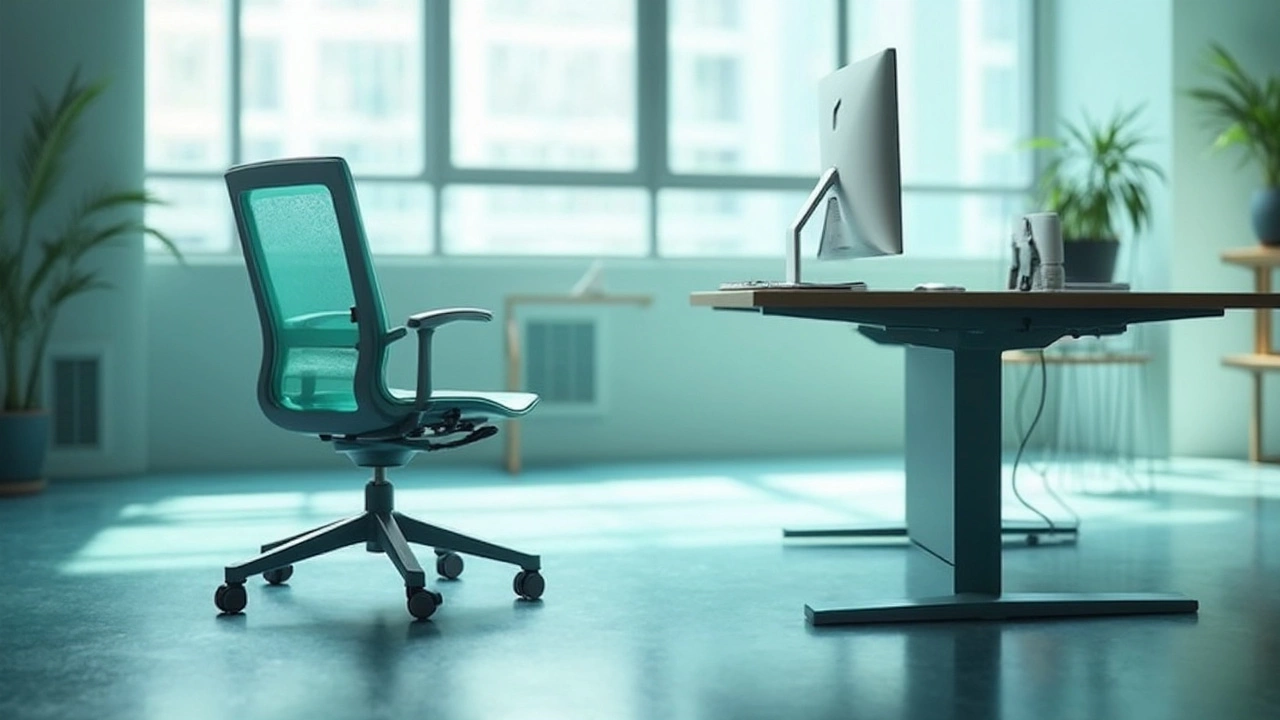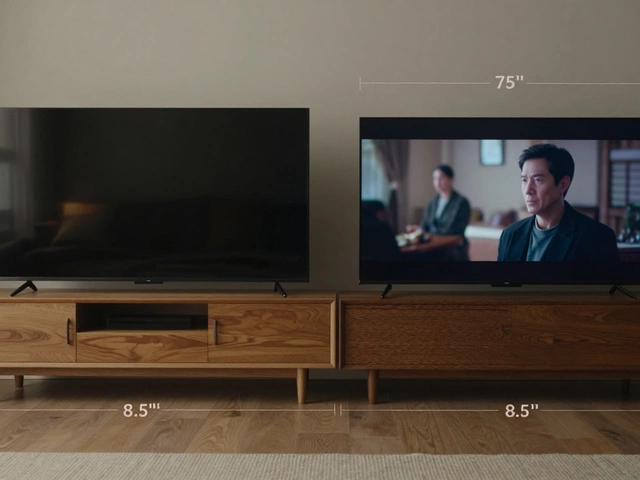Ergonomics Made Easy: How to Choose Furniture that Keeps You Comfortable
Ever feel sore after a night in your bedroom or a long stint at your desk? Chances are your furniture isn’t supporting your body the right way. Good ergonomics is less about fancy tech and more about fitting the pieces to your shape, posture, and daily habits. Below you’ll find straight‑forward steps to turn any room into a comfort zone.
Start with the Bed – Your Body’s First Rest Stop
The bed is the most visited piece of furniture in your home, so it should set the tone for healthy sleep. Pick a mattress that supports the natural curve of your spine – medium‑firm works for most people, but if you wake up with a sore back, try a firmer layout. Your pillow matters too. A pillow that keeps your neck in line with the rest of your spine can cut morning stiffness in half. Finally, check the height of your bedside tables; you should be able to reach them without stretching or slouching.
Living Room Seating That Doesn’t Cause Back Pain
When you sink into a sofa or armchair, the goal is a relaxed position that still respects your spine’s alignment. Look for seats with firm but cushioned backs and armrests that let your elbows rest at a 90‑degree angle. If you love to lounge, add a supportive throw pillow behind your lower back – it’s a cheap hack that adds instant lumbar support. For those who enjoy TV marathons, make sure the screen is at eye level; tilting your head up or down for long periods can strain neck muscles.
Recliners and lazy‑boy style chairs are tempting, but not all are created equal. A good recliner should let your feet rest flat on the floor when upright and allow your knees to form a right angle when fully reclined. Test the chair by sitting for a few minutes; if you feel pressure points, it’s a sign the cushioning isn’t right for you.
Office Ergonomics – From Chair to Desk
Most people spend hours at a desk, so small adjustments can make a huge difference. Start with the chair: adjust the height so your feet sit flat on the floor and your thighs are parallel to the ground. Your backrest should support the natural curve of your spine – many chairs come with a lumbar knob you can tweak. Keep your elbows close to your body and your wrists in a neutral position while typing; a keyboard tray set a few centimeters lower can help.
The desk itself should sit at elbow height when you’re seated. If you can’t lower the desk, use a footrest to keep your knees at a comfortable angle. Monitor height is another common mistake – the top third of the screen should be at eye level, so you don’t crane your neck. A quick way to check is to sit back, look straight ahead, and see if the screen sits just below your line of sight.
Quick Ergonomic Fixes for Any Room
Even if you’re not ready to replace furniture, a few tweaks can improve posture. Add a thin lumbar cushion to any chair that feels too flat. Use a sturdy shelf or small step stool to raise items you reach for often, like books or remote controls. Keep walking paths clear – tripping over cords or clutter forces you into awkward bends.
Remember, ergonomics isn’t a one‑size‑fits‑all rulebook. It’s about listening to your body, noticing where you feel tension, and making adjustments that feel natural. Over time, these small changes add up to less aches, better sleep, and a home that works with you instead of against you.
Ready to give your home a comfort upgrade? Start with the piece you use most each day, apply the tips above, and you’ll notice the difference fast. Your back, neck, and overall wellbeing will thank you.
Office Chair Armrests: Should You Remove Them for Better Comfort and Ergonomics?
Wondering if you should take the arms off your office chair? Explore how armrests affect comfort, posture, and productivity—and find out what's best for you.
Understanding the Three Supports of ADHD in Office Chairs
Explore how the concept of the 'three legs' of ADHD can be metaphorically applied to enhance office chair design, promoting improved focus and productivity. Delve into ergonomic solutions, creative seating innovations, and how they can support individuals with ADHD in a workspace setting. Learn about practical tips and adjustments that cater to comfort and concentration. Discover facts that simplify office dynamics for everyone. Ideal for those looking to merge creativity with functionality in office environments.








